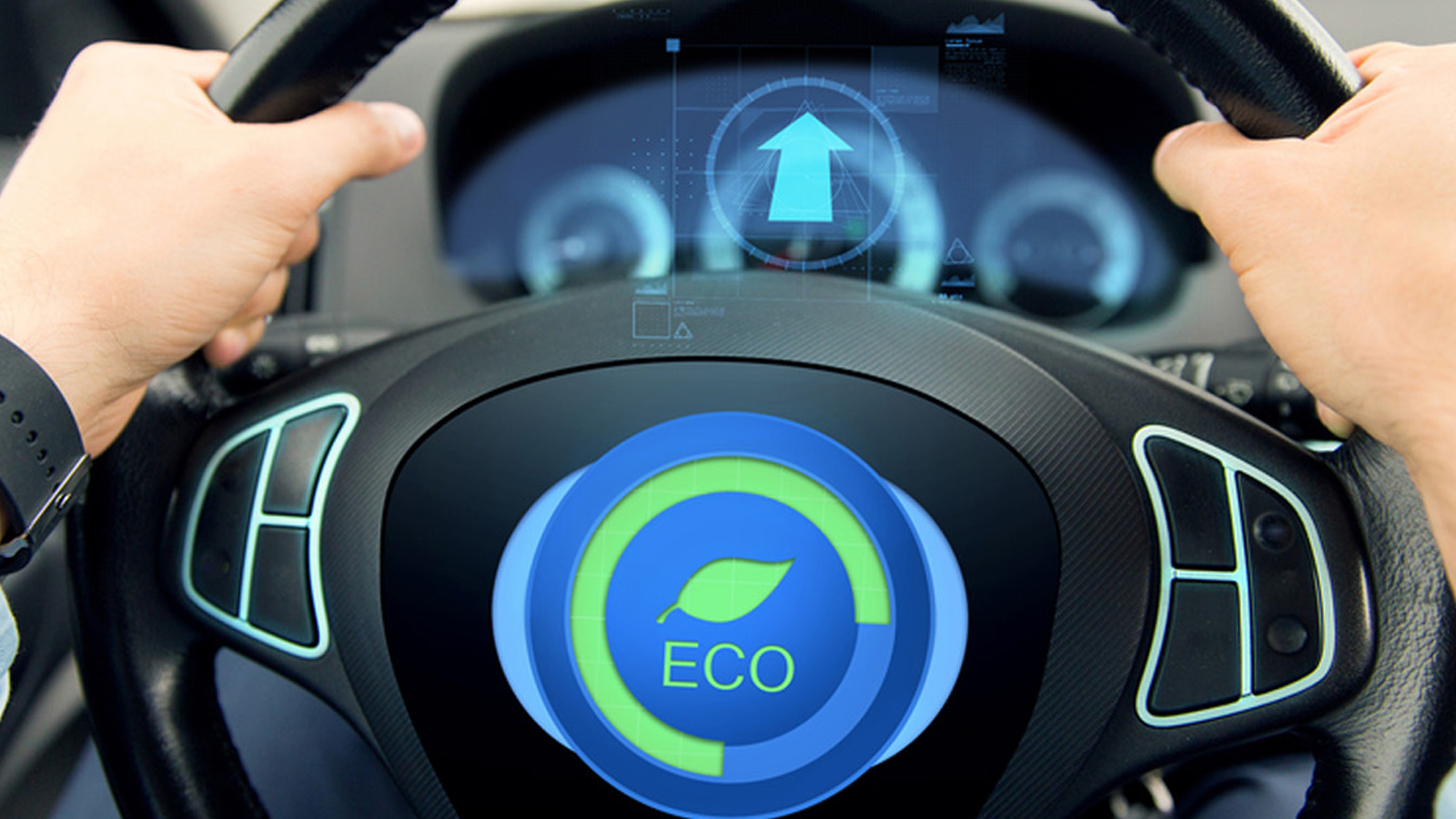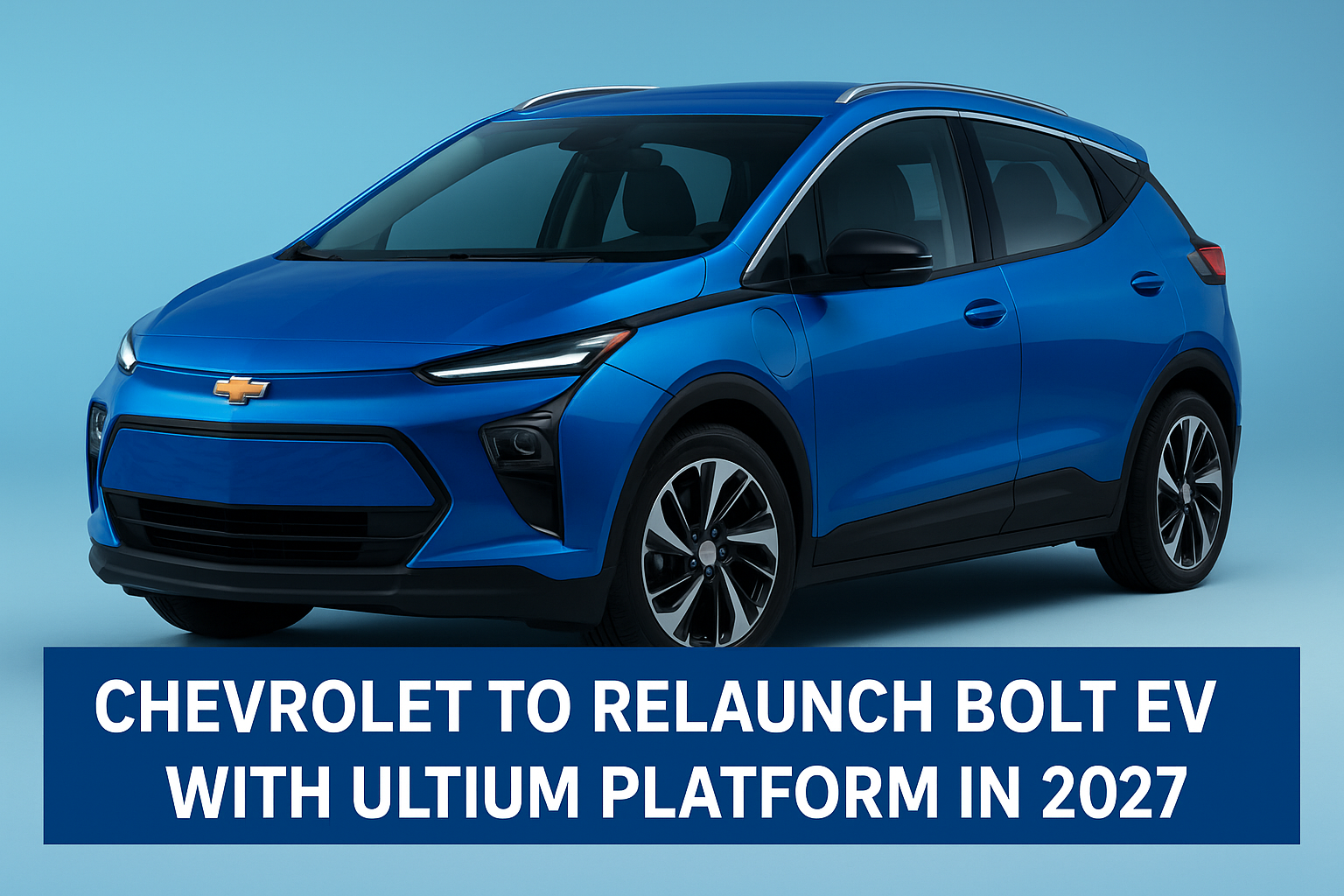Introduction to Eco-Friendly Driving
Eco-friendly driving isn’t just a trend; it’s a vital step towards preserving our planet for future generations. As we become more aware of the impact our daily choices have on the environment, sustainable car use emerges as an essential aspect of reducing our carbon footprint. Whether you’re commuting to work or embarking on a weekend road trip, there are simple yet effective ways to make your driving habits greener. By adopting eco-friendly practices behind the wheel, you can contribute to cleaner air and a healthier Earth while also saving money at the pump. Let’s dive into some top tips that will help you drive sustainably without sacrificing convenience or comfort.
Benefits of Sustainable Car Use
Sustainable car use offers numerous benefits that extend beyond personal convenience. One significant advantage is the positive impact on the environment. By driving more efficiently, you can reduce greenhouse gas emissions and improve air quality.
Economically, adopting eco-friendly driving habits can lead to substantial savings. Lower fuel consumption means fewer trips to the gas station, which translates into more money in your pocket over time.
Additionally, sustainable practices often enhance vehicle longevity. Regular maintenance and mindful driving reduce wear and tear on your car, leading to less frequent repairs.
There’s a growing sense of community among those committed to eco-friendly living. Sharing tips and experiences fosters connections with like-minded individuals who prioritize sustainability in all aspects of life.
Top Tips for Eco-Friendly Driving:
Maintaining proper tire pressure is crucial for eco-friendly driving. Under-inflated tires can increase fuel consumption significantly. Check your tire pressure regularly to keep them in optimal condition.
Another essential tip is to avoid excessive idling. When you leave your engine running while parked, it wastes fuel and contributes to unnecessary emissions. Turn off the engine if you’re stopped for more than a minute.
Utilizing cruise control on highways can enhance efficiency too. It helps maintain a constant speed, reducing gas consumption. Also, try not to speed; driving within the speed limit saves fuel and reduces pollution.
Every small action counts when it comes to sustainable car use. By implementing these tips, you contribute positively toward protecting our environment while enjoying your drive.
– Maintaining Proper Tire Pressure
Maintaining proper tire pressure is an essential aspect of eco-friendly driving. When your tires are inflated to the correct levels, your vehicle operates more efficiently. This means less fuel consumption and fewer emissions.
Under-inflated tires create unnecessary drag on your car, forcing the engine to work harder. It not only affects performance but also increases carbon output. Checking tire pressure regularly can make a significant difference in how much gas you use.
Make it a habit to check your tire pressure at least once a month and before long trips. You can find the recommended PSI (pounds per square inch) either on the driver’s side door jamb or in your owner’s manual.
Investing in a quality tire gauge ensures accuracy. A small effort goes a long way toward reducing your carbon footprint while driving sustainably. Every little change counts when it comes to protecting our planet.
– Avoiding Excessive Idling
Excessive idling is more than just a waste of fuel; it’s harmful to the environment. When your engine runs while parked, it emits unnecessary pollutants into the air. This contributes to smog and poor air quality in urban areas.
Not only does idling consume fuel, but it also leads to increased wear on your engine over time. Consider turning off your vehicle if you expect to be stationary for more than 30 seconds—this simple act can save gallons of gas annually.
Additionally, many newer cars have efficient engines that warm up quickly without needing prolonged idling. In fact, restarting your car may use less fuel than keeping it running.
By being mindful of how long you let your engine run, you actively contribute to eco-friendly driving practices that benefit both the planet and your wallet.
– Using Cruise Control and Avoiding Speeding
Using cruise control can significantly enhance your eco-friendly driving experience. It allows your vehicle to maintain a steady speed, reducing unnecessary acceleration and deceleration. This not only saves fuel but also leads to smoother driving.
Speeding is another habit that impacts fuel efficiency negatively. When you drive over the speed limit, your engine works harder and consumes more gas. Staying within the recommended speed range can improve mileage considerably.
Moreover, using cruise control helps prevent erratic behavior on the road. You’re less likely to be tempted by sudden bursts of acceleration when you’re set at a consistent pace. This steadiness translates into lower emissions and less wear on your car’s components.
Incorporating these techniques into your routine promotes both safety and sustainability while you’re behind the wheel. Every little bit counts in making our roads greener for future generations.
Other Ways to Reduce Your Carbon Footprint While Driving
Carpooling is a fantastic way to reduce your carbon footprint. By sharing rides with friends or coworkers, you cut down on the number of vehicles on the road. This not only lessens emissions but also saves money.
Choosing public transportation when possible is another effective strategy. Buses and trains can transport many passengers at once, minimizing individual car use and reducing traffic congestion.
Consider planning your trips wisely too. Combining errands into one journey limits unnecessary driving. This approach conserves fuel and time.
Adopting eco-friendly driving techniques like gentle acceleration and braking can improve fuel efficiency. Simple changes in how you drive can lead to significant reductions in your overall environmental impact while behind the wheel.
The Future of Eco-Friendly Cars
The future of eco-friendly cars is bright and full of innovation. With advancements in technology, manufacturers are focusing on electric vehicles (EVs) that promise to reduce emissions significantly.
Batteries are becoming more efficient and affordable. This means longer ranges and faster charging times for drivers. It’s easier than ever to consider an electric vehicle as a viable option for daily commutes.
Hydrogen fuel cells also show great potential. They offer quick refueling times while eliminating harmful pollutants from the atmosphere.
Moreover, autonomous driving technologies can optimize routes, reducing unnecessary mileage and improving overall efficiency. Smart connectivity will allow vehicles to communicate with each other, further minimizing traffic congestion and pollution.
As consumers become more environmentally conscious, demand will drive continuous improvement in sustainable automotive solutions. The landscape of transportation is evolving rapidly into one that’s greener and more responsible.
Conclusion
Eco-friendly driving is more than just a trend; it’s a necessity in today’s world. With the increasing concerns about climate change and environmental degradation, making sustainable choices while on the road can have a significant impact. By adopting simple practices like maintaining proper tire pressure, avoiding excessive idling, and utilizing cruise control, you can greatly reduce your carbon footprint.
Additionally, exploring other ways to contribute—such as carpooling or using public transportation when possible—can further enhance your efforts for sustainability. The future of eco-friendly cars looks promising with advancements in electric vehicle technology and greener fuel options emerging regularly.
Embracing eco-friendly driving not only benefits our planet but also enhances our personal well-being by promoting healthier habits. Each small change matters as we work together towards a cleaner environment for generations to come.



